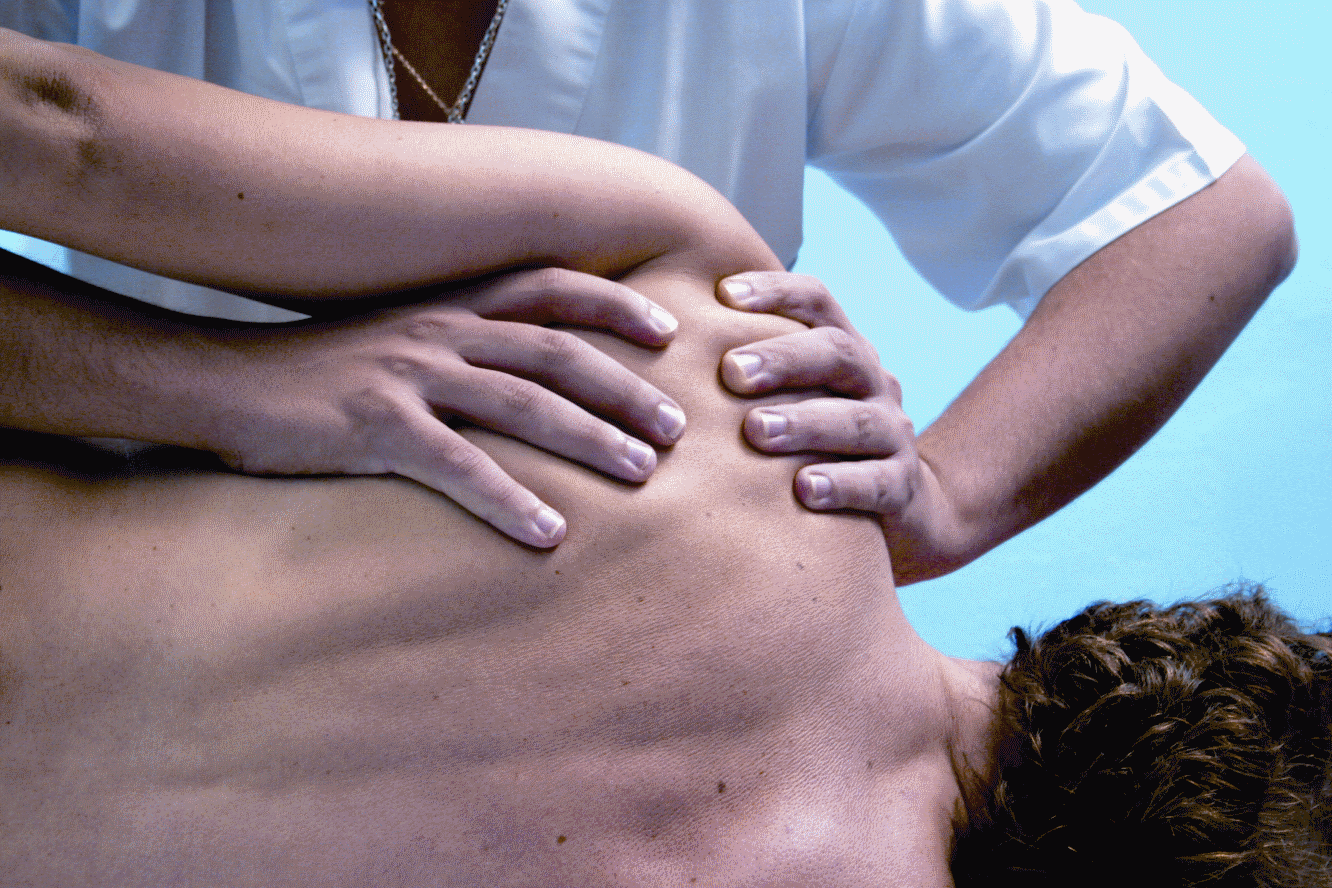|
BOOK NOW |
ASK ABOUT YOUR PAIN |
Home > Blog > Physiotherapy > Manual Therapy Physiotherapy
Manual Therapy Physiotherapy

Manual therapy, or manipulative therapy, is a physical treatment primarily used by physical therapists, physiotherapists to treat musculoskeletal pain and disability; it most includes kneading and manipulation of muscles, joint mobilization and joint manipulation.
We employ manual therapy and manipulation therapies for the treatment of health conditions and problems using a physical, hands-on intervention. Here in our physiotherapy clinics of Phoenix Rehab Group Singapore, we utilize and offer a range of manual techniques and solutions for you, depending on your medical conditions.
The benefits of manual therapy and physiotherapy techniques are:
- quick bones, joints and muscles pain relief
- accelerating recovery time for injuries
- improving the active and passive range of motion (ROM) of joints
- decreases soft tissue (muscles, tendons, joints) inflammation
- induces relaxed states and optimal length of muscles
- normalize and optimize movement
- improving overall mobility and function
Using a manual and manipulative techniques are very useful in the management of musculoskeletal and orthopedic conditions, where pain can cause weakness and lack/fear of movement that leads to stiffness that in turn can set and lock
- muscles
- joints
- tendons
Often, a quick respond and result will follow when applied appropriately.
Some patients conditions will benefit from regular sports massage and deep tissue release sessions, to decrease muscle spasms that comes from pain, prolonged contraction.
An example is with hand therapy where our senior hand therapist will apply manual therapy techniques, say for a patient who had a fall and presents with a left wrist distal radial fracture (wrist fracture).
Typically, if the fracture is mild and stable, the treating doctor will place the patient on cast or customized wrist splint, and after 2-4 weeks, once x-ray shows that the fracture is stable and healing well, to start hand therapy.
By 2-4 weeks, patients almost always presents with wrist stiffness and decreased range of motion to the wrist (flexion, extension, ulnar/radial deviations). The senior hand therapist will then, if there is no contraindication,
- start the session with paraffin moist heat wax bath
- combined with intermittent electric heat pack heat therapy between exercises
- scar mobilization/massage if there is presence of scarring
- joint mobilization techniques (starting with gentle active, gentle passive then gentle resistive, and level up over time)
manual therapy Techniques
- Myofascial
Therapy targets the muscle and fascial systems, promotes flexibility
and mobility of the body's connective tissues. It is said to mobilize
adhesions and reduce severity/sensitivity of scarring. A critical analysis finds that the relevance of fascia to therapy doubtful.
- Massage
may be used as part of a treatment. Proponents claim this may reduce
inflammation. Science writer Paul Ingraham notes that there is no
evidence to support the claim.
- Friction massage is said to increase mobilization of adhesions
between fascial layers, muscles, compartments and other soft tissues.
They are thought to create an inflammatory response and instigate focus
to injured areas. A 2012 systematic review found that no additional
benefit was incurred from the inclusion of deep tissue friction massage
in a therapeutic regime, although the conclusions were limited by the
small sample sizes in available randomized clinical trials.
- Soft Tissue Technique
is firm, direct pressure to relax hypertonic muscles and stretch tight
fascial structures. A 2015 review concluded that the Technique is
ineffective for lower back pain, and the quality of research testing its effectiveness is poor.
- Trigger Point techniques claim to address Myofascial Trigger points, though the explanation of how this works is controversial and reviews in 2008 and 2009 call into question whether trigger points are a valid diagnosis at all given the small amounts of poor quality evidence available.
Taping
Manual therapy practitioners often use therapeutic taping to relieve pressure on injured soft tissue, alter muscle firing patterns or prevent re-injury. Some techniques are designed to enhance lymphatic fluid exchange. After a soft tissue injury to muscles or tendons from sports activities, over exertion or repetitive strain injury swelling may impede blood flood to the area and slow healing. Elastic taping methods may relieve pressure from swollen tissue and enhance circulation to the injured area.
styles of manual therapy
There are many different styles of manual therapy. It is a fundamental feature of ayurvedic medicine, traditional Chinese medicine and some forms of alternative medicine
as well. Those that are linked are what we have available in our physio clinics.
|
|